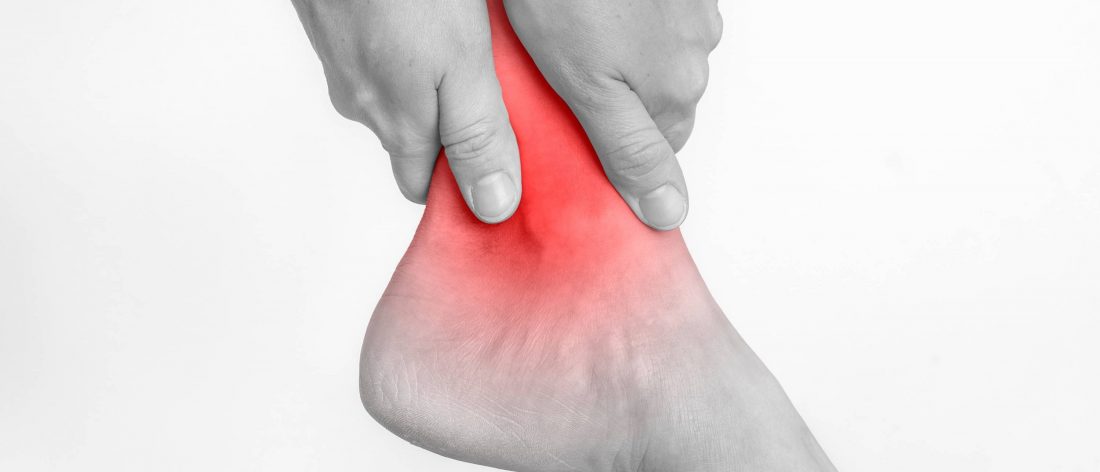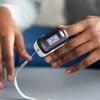- Empty cart.
- Continue Shopping
How to Administer Basic First Aid for Sprains and Strains

Sprains and strains are common injuries that can happen to anyone, whether you’re an athlete or simply going about your daily activities. While both require medical attention for proper diagnosis and treatment, knowing how to administer basic first aid can make a significant difference in pain management and recovery time.
Understanding Sprains and Strains
Sprains
A sprain occurs when a ligament—the tissue connecting two bones—is stretched or torn. Common areas for sprains include the ankles, wrists, and knees.
Strains
A strain involves the stretching or tearing of a muscle or tendon. Strains often occur in the lower back and hamstring muscles.
The R.I.C.E. Method
The R.I.C.E. method is a widely accepted approach for treating sprains and strains, especially within the first 48 hours after the injury.
Rest
Limit movement and avoid putting weight on the injured area to prevent further damage.
Tips:
- Use crutches or a sling, if necessary, to immobilize the affected area.
Ice
Apply an ice pack to the injured area to reduce swelling and numb pain.
Tips:
- Wrap the ice pack in a cloth to prevent frostbite.
- Apply for 15-20 minutes every 1-2 hours.
Compression
Wrap the injured area with a bandage to minimize swelling.
Tips:
- Make sure the bandage is snug but not too tight, as excessive tightness can worsen swelling.
Elevation
Raise the injured area above heart level to help reduce swelling.
Tips:
- Use pillows or cushions to prop up the injured limb.
- Try to maintain elevation as much as possible, especially during sleep.
When to Seek Medical Attention
- Severe pain or swelling
- Inability to move or bear weight on the affected area
- Signs of infection, such as redness, warmth, or pus
- If the condition doesn’t improve after 48 hours of self-care
Conclusion
Knowing how to administer basic first aid for sprains and strains can be invaluable in mitigating pain and facilitating quicker recovery. The R.I.C.E. method—Rest, Ice, Compression, Elevation—is a straightforward yet effective approach for immediate care. However, it’s crucial to consult a healthcare provider for a proper diagnosis and treatment plan, especially if the injury is severe or shows no signs of improvement.
Remember, first aid is just the first step. Professional medical care is essential for a full recovery








